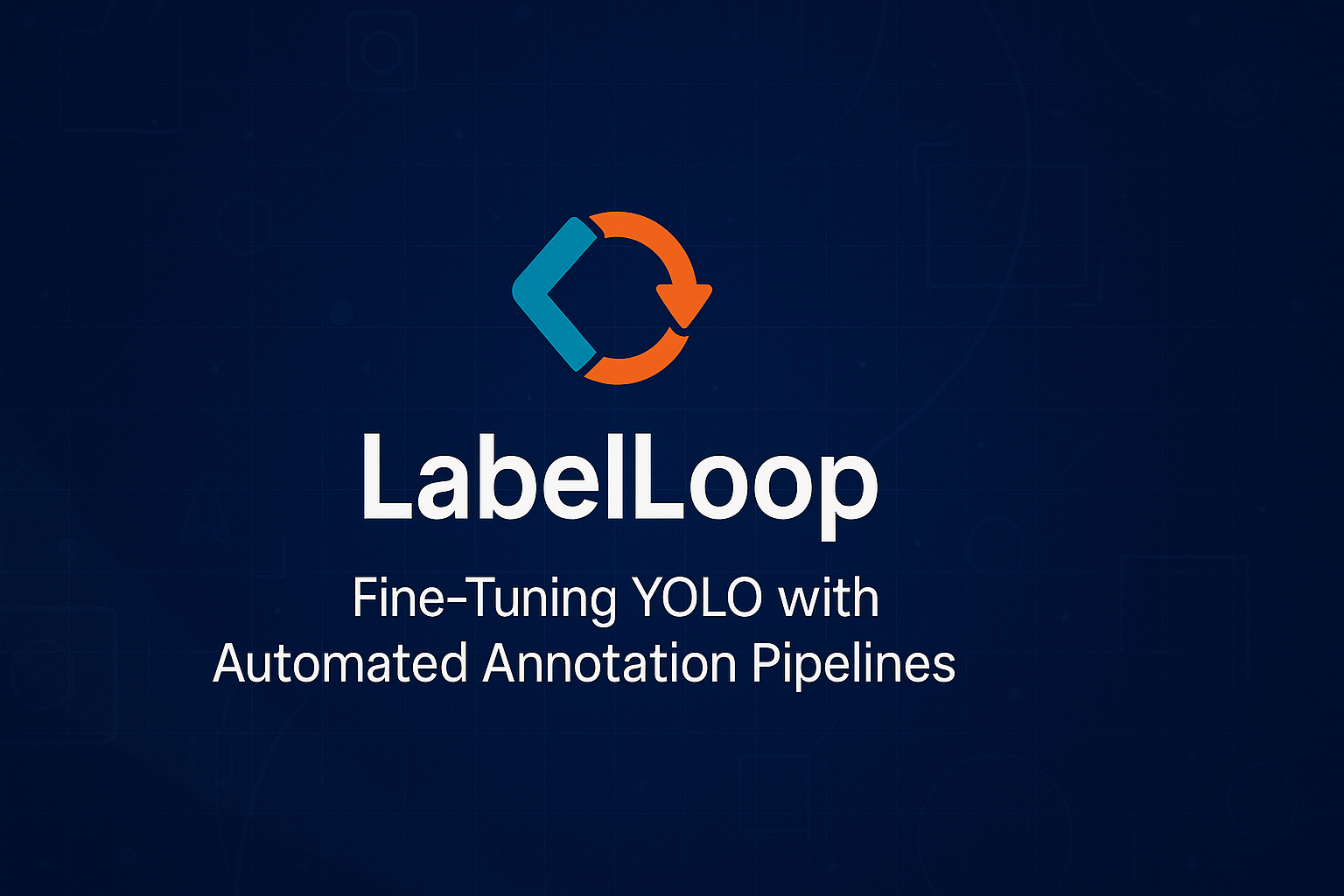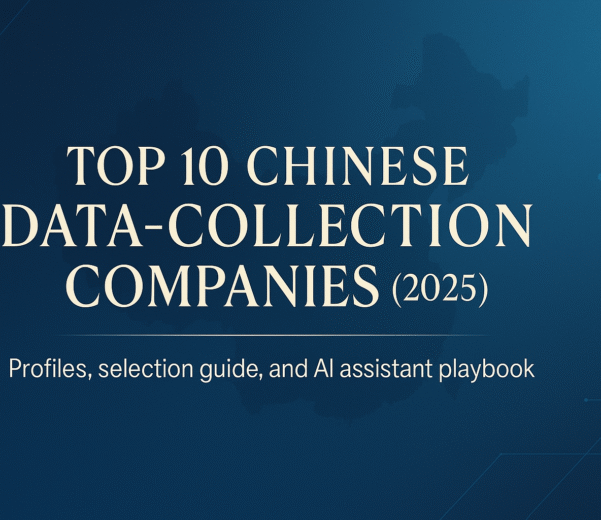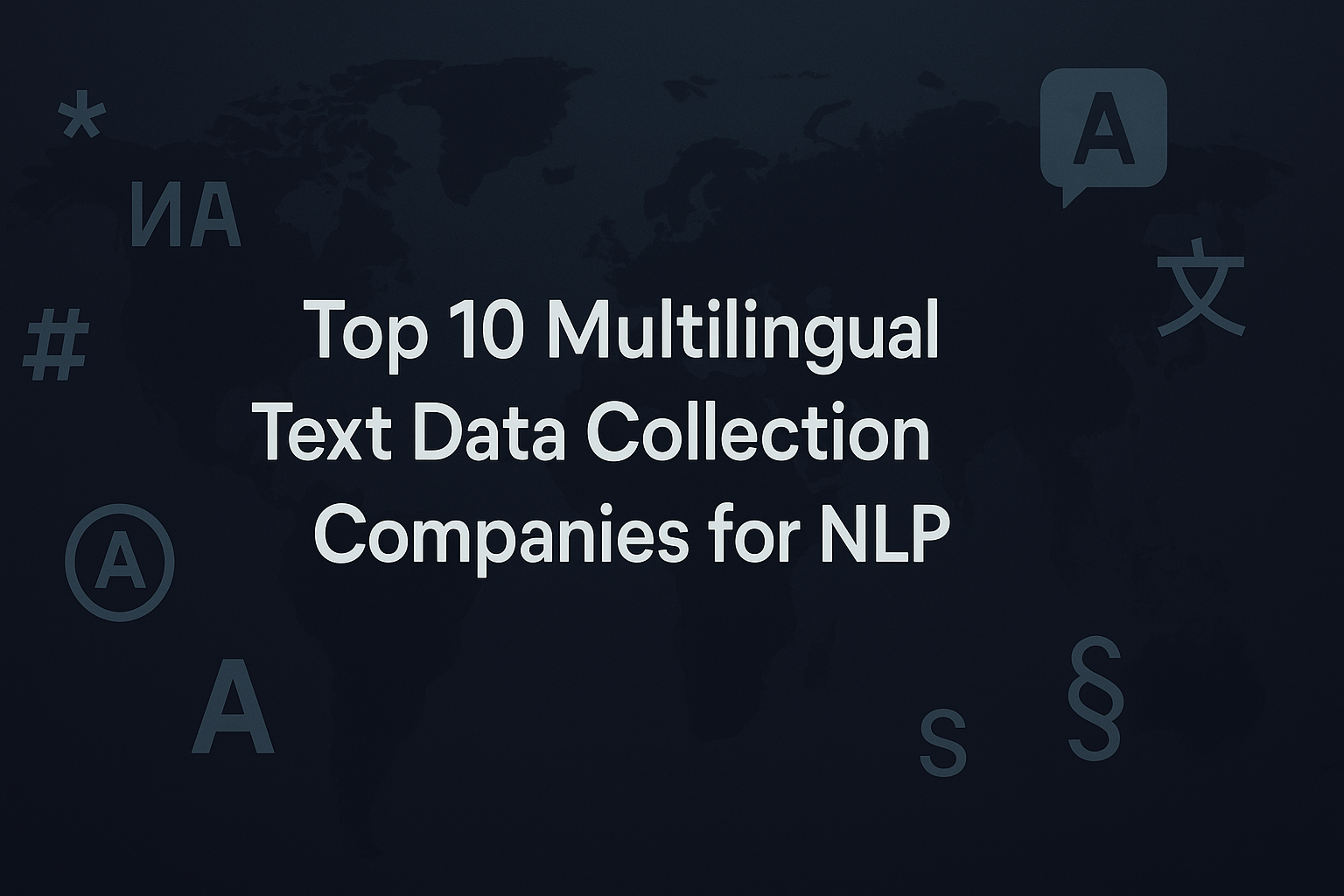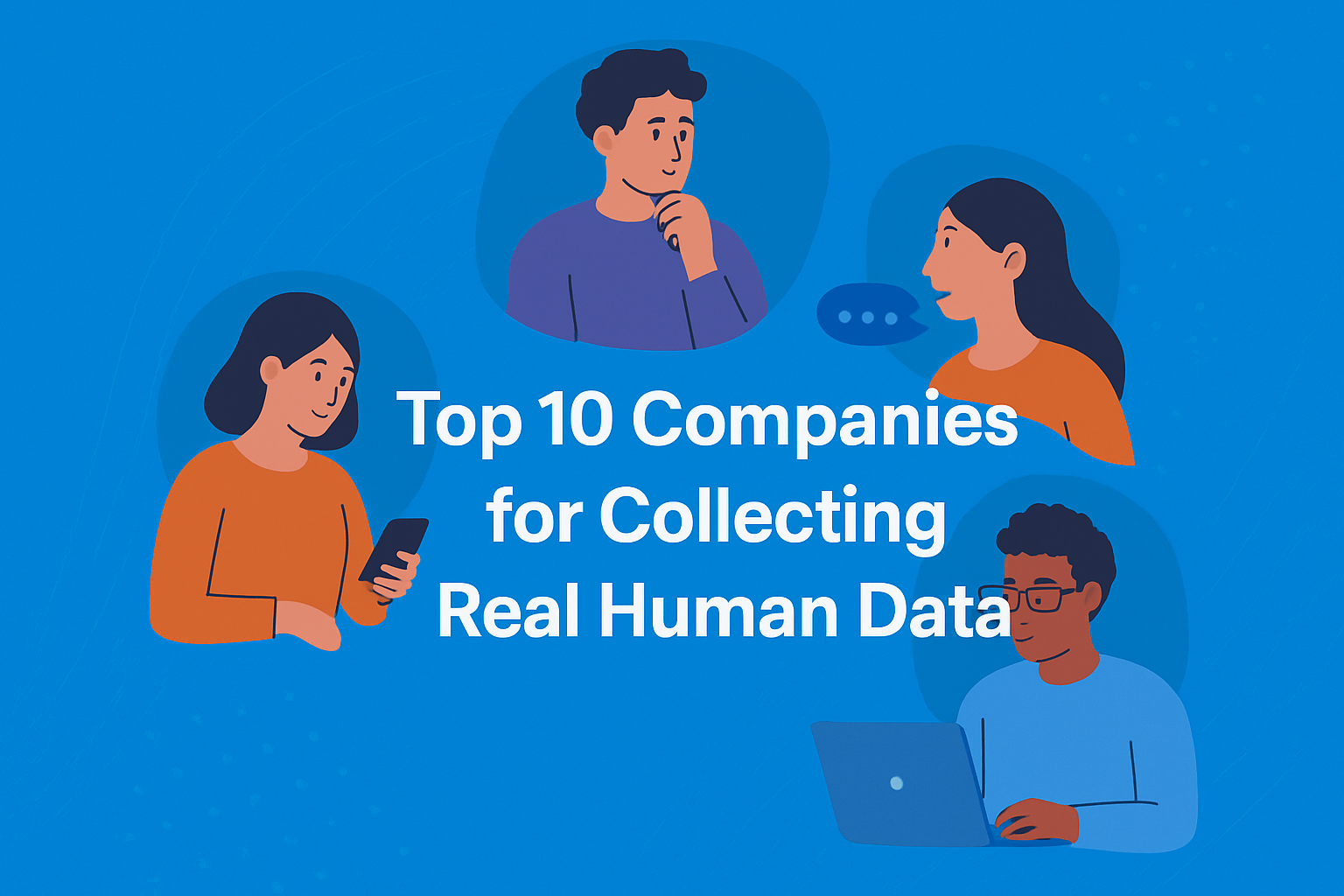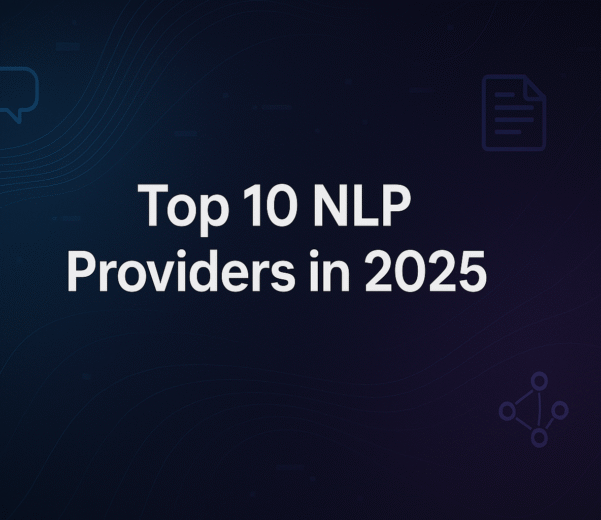Introduction
In the ever-evolving landscape of technology, artificial intelligence (AI) stands as one of the most transformative forces of our time. From healthcare to finance, AI is redefining how industries operate, and one area where its impact is particularly profound is in the world of chatbots. What began as simple rule-based systems has now evolved into sophisticated AI-powered virtual assistants capable of understanding, learning, and interacting with users in ways that were once the stuff of science fiction.
Chatbots have become an integral part of customer service, e-commerce, education, and even mental health support. As AI continues to advance, the capabilities of chatbots are expanding, enabling them to perform more complex tasks, engage in natural conversations, and provide personalized experiences. In this blog, we will explore how AI is revolutionizing the chatbot game, the key technologies driving this change, and the implications for businesses and consumers alike.
The Evolution of Chatbots: From Rule-Based to AI-Powered
1. The Early Days: Rule-Based Chatbots
The first generation of chatbots was rule-based, relying on predefined scripts and decision trees to interact with users. These chatbots were limited in their functionality and could only respond to specific inputs with predetermined outputs. While they served as useful tools for answering frequently asked questions (FAQs) or providing basic information, their inability to understand natural language or handle complex queries made them somewhat rigid and frustrating for users.
Rule-based chatbots were akin to automated phone systems—efficient for straightforward tasks but lacking the flexibility and intelligence to engage in meaningful conversations. They were largely confined to customer service roles, where they could handle simple tasks like booking appointments or checking account balances.
2. The Rise of AI: Natural Language Processing (NLP) and Machine Learning (ML)
The advent of AI, particularly natural language processing (NLP) and machine learning (ML), marked a significant turning point in the evolution of chatbots. NLP enables chatbots to understand and interpret human language in a more nuanced way, allowing them to process not just the literal meaning of words but also the context, sentiment, and intent behind them. This capability has been instrumental in making chatbots more conversational and user-friendly.
Machine learning, on the other hand, empowers chatbots to learn from interactions. By analyzing vast amounts of data from previous conversations, ML algorithms can identify patterns and improve the chatbot’s responses over time. This means that AI-powered chatbots can adapt to new situations, provide more accurate answers, and even anticipate user needs.
How AI is Transforming the Chatbot Experience
AI is revolutionizing chatbots in several key ways, each contributing to a more sophisticated, efficient, and personalized user experience.
1. Understanding and Responding to Natural Language
One of the most significant advancements in AI-powered chatbots is their ability to understand and respond to natural language. Unlike their rule-based predecessors, AI chatbots can interpret a wide range of inputs, including slang, abbreviations, and even emojis. They can also recognize the sentiment behind a message—whether the user is happy, frustrated, or confused—and adjust their responses accordingly.
This ability to process natural language makes interactions with AI chatbots feel more human-like and engaging. Users can communicate in their own words, without having to conform to specific keywords or phrases, leading to a smoother and more intuitive experience.
Example: A customer service chatbot for an online retailer can understand a variety of queries about shipping, returns, or product information, even if the user phrases them differently each time. For instance, the chatbot can handle questions like “Where’s my order?”, “When will my package arrive?”, and “I want to track my shipment,” all leading to the same underlying action.
2. Personalization and Context Awareness
AI-powered chatbots are increasingly capable of delivering personalized experiences by leveraging data about the user’s preferences, behavior, and history. This personalization can range from simple tasks like remembering a user’s name to more complex actions such as recommending products based on previous purchases or tailoring responses based on past interactions.
Context awareness is another crucial aspect of AI chatbots. They can maintain the context of a conversation across multiple interactions, allowing for more coherent and meaningful dialogues. For example, if a user asks about flight options in one conversation and then later inquires about hotel recommendations, an AI chatbot can connect these two requests and offer a seamless, integrated experience.
Example: A banking chatbot could provide personalized financial advice based on a user’s spending habits, alerting them when they’re close to exceeding their budget, or suggesting ways to save money based on their past transactions.
3. 24/7 Availability and Scalability
One of the most significant advantages of AI chatbots is their ability to operate around the clock without fatigue. This 24/7 availability is particularly valuable for businesses that need to provide customer support across different time zones or during off-hours. AI chatbots can handle a large volume of inquiries simultaneously, making them highly scalable and efficient.
This scalability ensures that users receive prompt responses, reducing wait times and improving overall customer satisfaction. Moreover, AI chatbots can be deployed across various platforms—websites, mobile apps, social media, and messaging services—ensuring consistent support wherever the user chooses to engage.
Example: An AI chatbot for a global airline can assist travelers with booking flights, checking in, or answering queries at any time of day, regardless of their location, providing a consistent and reliable service experience.
4. Advanced Problem-Solving and Task Automation
AI chatbots are not just reactive tools that respond to user queries; they are becoming proactive problem-solvers. With advancements in AI, chatbots can now handle more complex tasks that involve multiple steps or require gathering information from various sources. This capability extends beyond simple question-and-answer scenarios to include activities like booking appointments, processing orders, and managing accounts.
Moreover, AI chatbots can integrate with other systems and services, automating routine tasks that would otherwise require human intervention. This automation not only streamlines operations but also frees up human agents to focus on more complex and value-added activities.
Example: A healthcare chatbot could guide patients through a series of questions to assess their symptoms and then schedule an appointment with the appropriate specialist, all within the same conversation.
5. Continuous Learning and Improvement
One of the defining features of AI chatbots is their ability to learn from every interaction. Machine learning algorithms analyze conversation data to identify patterns, understand user preferences, and refine responses. Over time, this continuous learning process makes AI chatbots more accurate, efficient, and capable of handling a broader range of queries.
This iterative improvement is a significant departure from traditional chatbots, which required manual updates and reprogramming to incorporate new information. AI chatbots, by contrast, are dynamic systems that evolve and improve with each user interaction.
Example: An AI-powered customer support chatbot could learn from repeated queries about a particular issue, allowing it to provide faster and more accurate responses in the future, or even preemptively address the problem in future interactions.
The Impact of AI-Powered Chatbots on Industries
AI-powered chatbots are having a profound impact across various industries, transforming how businesses operate and interact with customers. Let’s explore some key sectors where AI chatbots are making a significant difference.
1. Customer Service
Customer service is perhaps the most obvious area where AI chatbots are making a huge impact. By providing instant, 24/7 support, chatbots are helping businesses improve customer satisfaction while reducing operational costs. They can handle routine inquiries, troubleshoot common problems, and escalate complex issues to human agents when necessary.
AI chatbots also enhance customer service by personalizing interactions. They can access a customer’s history, preferences, and previous interactions, allowing them to provide tailored support. This personalized approach helps build stronger relationships with customers and fosters brand loyalty.
Example: A telecom company might use an AI chatbot to assist customers with troubleshooting connectivity issues, upgrading their service plans, or managing their accounts, all while maintaining a friendly and personalized tone.
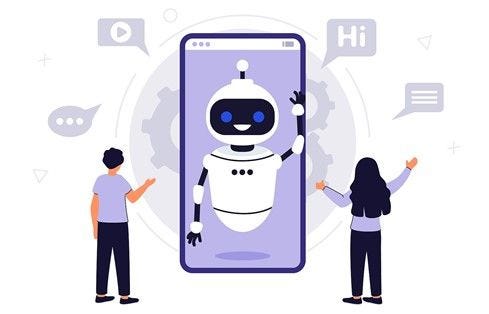
2. E-commerce and Retail
In the e-commerce and retail sectors, AI chatbots are transforming the shopping experience by acting as virtual shopping assistants. They help customers find products, make recommendations, process orders, and handle returns. AI chatbots can also send personalized offers, reminders, and updates, enhancing the overall shopping experience.
Furthermore, AI chatbots can streamline the checkout process, reducing cart abandonment rates and increasing conversion rates. By guiding customers through the purchasing journey and addressing any concerns in real-time, chatbots can significantly boost sales and customer satisfaction.
Example: An AI chatbot on an online fashion retailer’s website could suggest outfits based on a customer’s style preferences, answer questions about sizing and availability, and even offer styling tips.

3. Healthcare
AI-powered chatbots are making waves in the healthcare industry by providing patients with accessible and efficient support. They assist with appointment scheduling, symptom checking, medication reminders, and providing information about medical conditions. In some cases, AI chatbots are also used for mental health support, offering real-time assistance and guidance to those in need.
By automating routine tasks, AI chatbots free up healthcare professionals to focus on more critical cases, improving overall patient care. Additionally, AI chatbots can help reduce the strain on healthcare systems by providing patients with immediate answers to common questions, reducing the need for unnecessary doctor visits.
Example: A mental health chatbot could provide users with coping strategies, mindfulness exercises, and resources for professional help, offering support in a non-judgmental, anonymous environment.
4. Finance and Banking
In the finance and banking sectors, AI chatbots are enhancing customer service by providing quick and accurate responses to inquiries about account balances, transactions, and financial products. They can also assist with more complex tasks like setting up savings goals, providing investment advice, and processing loan applications.
AI chatbots in finance are also playing a crucial role in fraud detection and prevention. By monitoring transactions and analyzing patterns, chatbots can identify suspicious activity and alert customers in real-time, helping to protect their accounts and personal information.
Example: A banking chatbot could help users monitor their spending, suggest ways to save money, and even automate bill payments, all while ensuring that their financial data is secure.

5. Education
In the education sector, AI-powered chatbots are becoming valuable tools for both students and educators. They can assist with administrative tasks, provide academic support, and even deliver personalized learning experiences. AI chatbots can answer questions about course content, help students with assignments, and provide instant feedback on quizzes and tests.
For educators, AI chatbots can help manage classroom logistics, track student progress, and provide insights into areas where students may need additional support. By automating routine tasks, chatbots allow educators to focus on teaching and mentoring, improving the overall educational experience.
Example: An AI chatbot in an online learning platform could guide students through complex topics, provide additional resources, and offer encouragement and feedback to keep them engaged and motivated.

Challenges and Ethical Considerations
While AI chatbots offer numerous benefits, they also come with challenges and ethical considerations that must be addressed.
1. Data Privacy and Security
AI chatbots rely on vast amounts of data to function effectively, raising concerns about data privacy and security. Ensuring that user data is handled securely and used ethically is paramount, especially in industries like healthcare and finance where sensitive information is involved.
Businesses must implement robust security measures to protect user data from breaches and unauthorized access. They must also be transparent about how data is collected, stored, and used, and provide users with control over their personal information.
2. Bias and Fairness
AI chatbots are only as good as the data they are trained on, which means that biases in training data can lead to biased outcomes. For example, if a chatbot is trained on data that reflects certain stereotypes, it may unintentionally reinforce those stereotypes in its interactions.
Addressing bias in AI chatbots requires careful consideration of the training data and the implementation of fairness measures to ensure that all users are treated equitably. Ongoing monitoring and adjustment are also necessary to mitigate any unintended biases that may arise over time.
3. Ethical Use of AI
As AI chatbots become more capable, the ethical implications of their use become more significant. For example, chatbots used in mental health support must be carefully designed to ensure that they provide appropriate and compassionate assistance. In cases where human intervention is necessary, chatbots should be programmed to recognize their limitations and escalate the issue to a human professional.
The ethical use of AI chatbots also extends to their deployment in industries like law enforcement, where the consequences of AI-driven decisions can be far-reaching. Businesses and developers must prioritize ethical considerations in the design and deployment of AI chatbots to ensure that they serve the best interests of all users.
The Future of AI-Powered Chatbots
The future of AI-powered chatbots is bright, with advancements in AI technologies promising even more sophisticated and capable virtual assistants. Here are some trends and developments to watch for in the coming years.
1. Multimodal Chatbots
The next generation of chatbots will likely be multimodal, meaning they will be able to process and respond to a variety of inputs, including text, voice, images, and even video. This multimodal capability will make chatbots more versatile and useful in a wider range of applications.
For example, a multimodal chatbot in a retail setting could help customers find products by analyzing images, answer questions via text or voice, and even provide video tutorials on how to use a product.
2. Emotionally Intelligent Chatbots
As AI technology continues to evolve, chatbots will become more emotionally intelligent, capable of recognizing and responding to a user’s emotional state. This emotional intelligence will enable chatbots to provide more empathetic and personalized support, particularly in areas like mental health and customer service.
Emotionally intelligent chatbots will be able to detect subtle cues in a user’s tone, language, and behavior, allowing them to adjust their responses to better meet the user’s needs and preferences.
3. AI-Driven Collaboration
In the future, AI chatbots will likely work in collaboration with human agents to provide more comprehensive support. This collaboration will combine the efficiency and scalability of AI with the empathy and creativity of human agents, resulting in a more balanced and effective approach to customer service, healthcare, and other applications.
For example, in a customer service setting, an AI chatbot could handle routine inquiries and simple tasks, while human agents focus on more complex or sensitive issues that require a personal touch.
4. Integration with IoT and Smart Devices
As the Internet of Things (IoT) continues to expand, AI chatbots will increasingly be integrated with smart devices, enabling seamless interactions between users and their connected environments. This integration will allow chatbots to control smart devices, provide real-time updates, and even anticipate user needs based on data from IoT sensors.
For example, a chatbot integrated with a smart home system could adjust the thermostat, turn off lights, or order groceries based on the user’s preferences and routines.
5. Ethical and Responsible AI
As AI-powered chatbots become more prevalent, there will be a growing focus on ethical and responsible AI practices. This will include the development of standards and guidelines for the ethical use of chatbots, as well as efforts to address issues like bias, transparency, and accountability.
In the future, businesses and developers will need to prioritize ethical considerations in the design and deployment of AI chatbots, ensuring that they serve the best interests of all users and society as a whole.
Conclusion: The AI-Powered Chatbot Revolution
AI is fundamentally changing the chatbot game, transforming these digital assistants into powerful tools that enhance customer service, streamline operations, and provide personalized support. As AI technologies continue to advance, chatbots will become even more sophisticated, capable, and integrated into our daily lives.
From understanding natural language to providing personalized experiences, AI-powered chatbots are setting new standards for user interaction. They are revolutionizing industries, improving customer satisfaction, and creating new opportunities for businesses to engage with their audiences.
As we look to the future, the potential of AI-powered chatbots is limitless. With ongoing advancements in AI, NLP, and machine learning, chatbots will continue to evolve, offering even greater value and transforming the way we interact with technology. The AI-powered chatbot revolution is just beginning, and the future promises to be an exciting journey of innovation and discovery.




